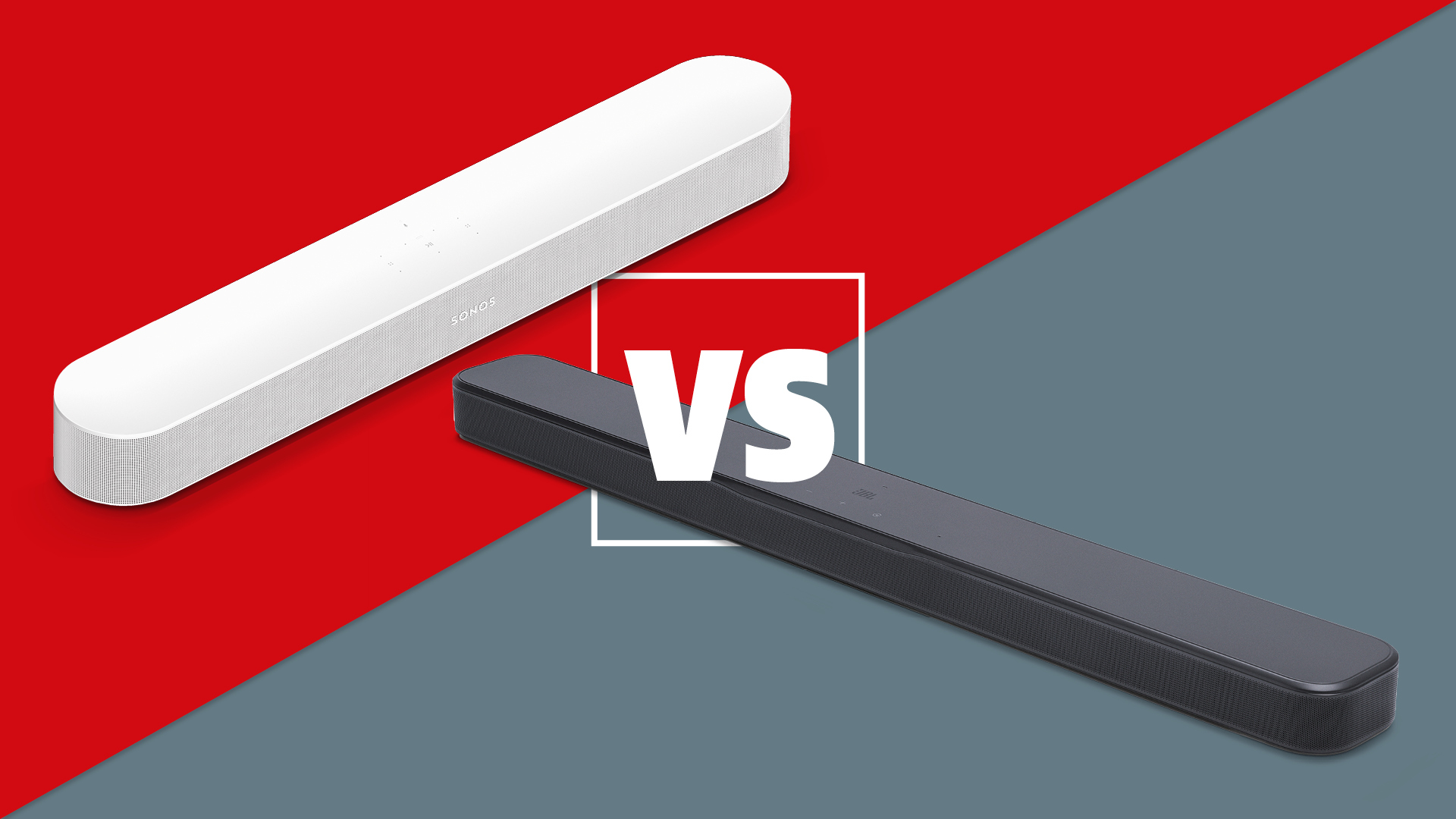I switched from Bose’s surround sound system to Burmester’s 3D hi-fi in the Porsche Taycan, and was blown away
Two in-car audio options, but there’s only one I’d recommend
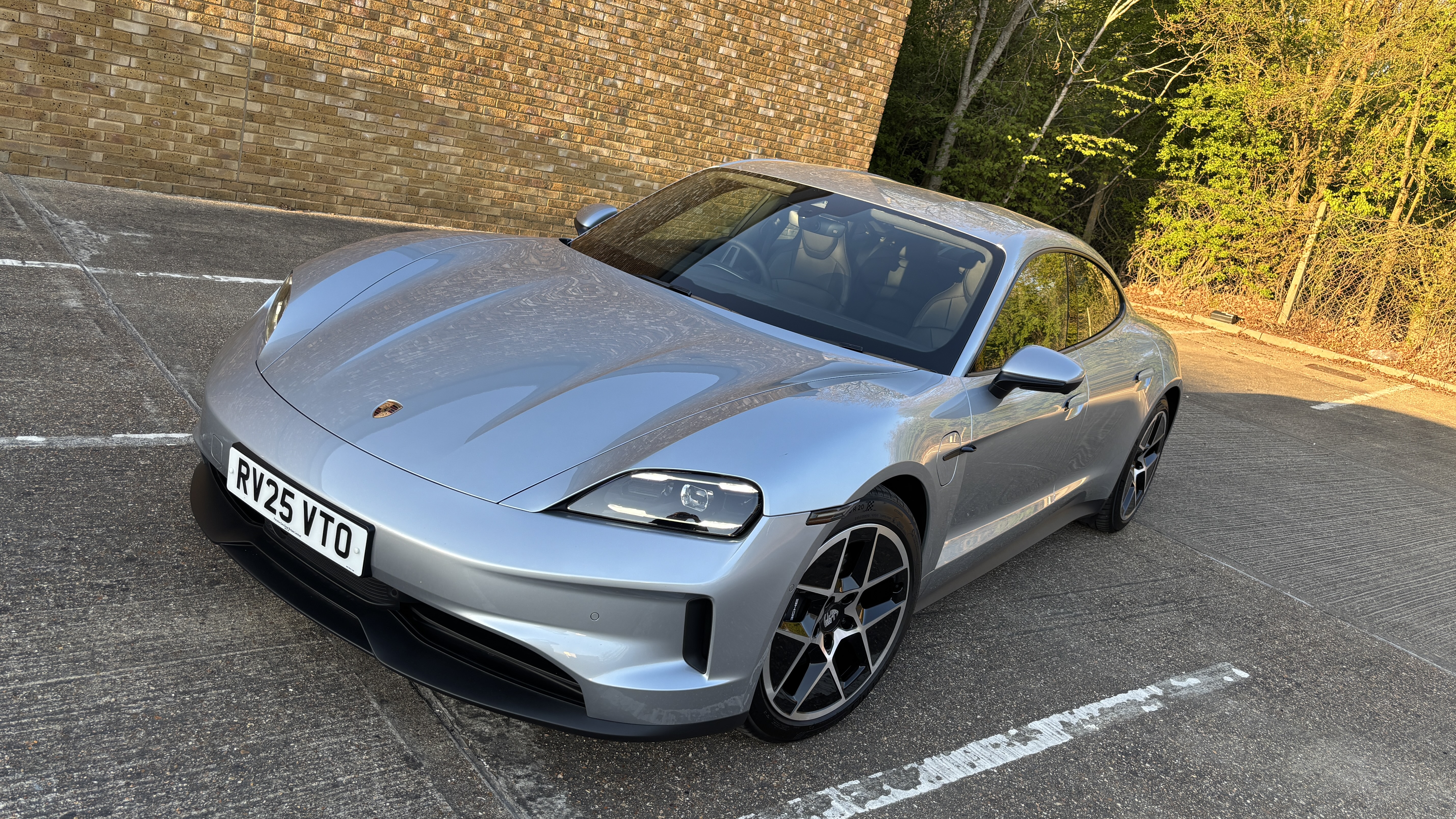
If you’re looking to buy a new car and you’re into music, one of the biggest decisions you are going to make is choosing the right sound system.
It might be tempting just to stick with the entry-level set-up on account of cost; but what price can you put on being able to enjoy your own playlists while you’re stuck in a seemingly endless queue of traffic?
You can try to listen to the different sound system options at a dealer, but you aren’t guaranteed to find them on the showroom floor – which is why I jumped at a recent opportunity to experience and directly compare the optional systems available for the Porsche Taycan.
Porsche’s impressive EV has made quite the impression since it arrived on the scene in 2019, and the latest incarnation is arguably its best to date.
But it’s the optional Bose and Burmester sound systems I’m especially interested in, and I have been hands-on with both to hear the differences and report back my findings.
System options
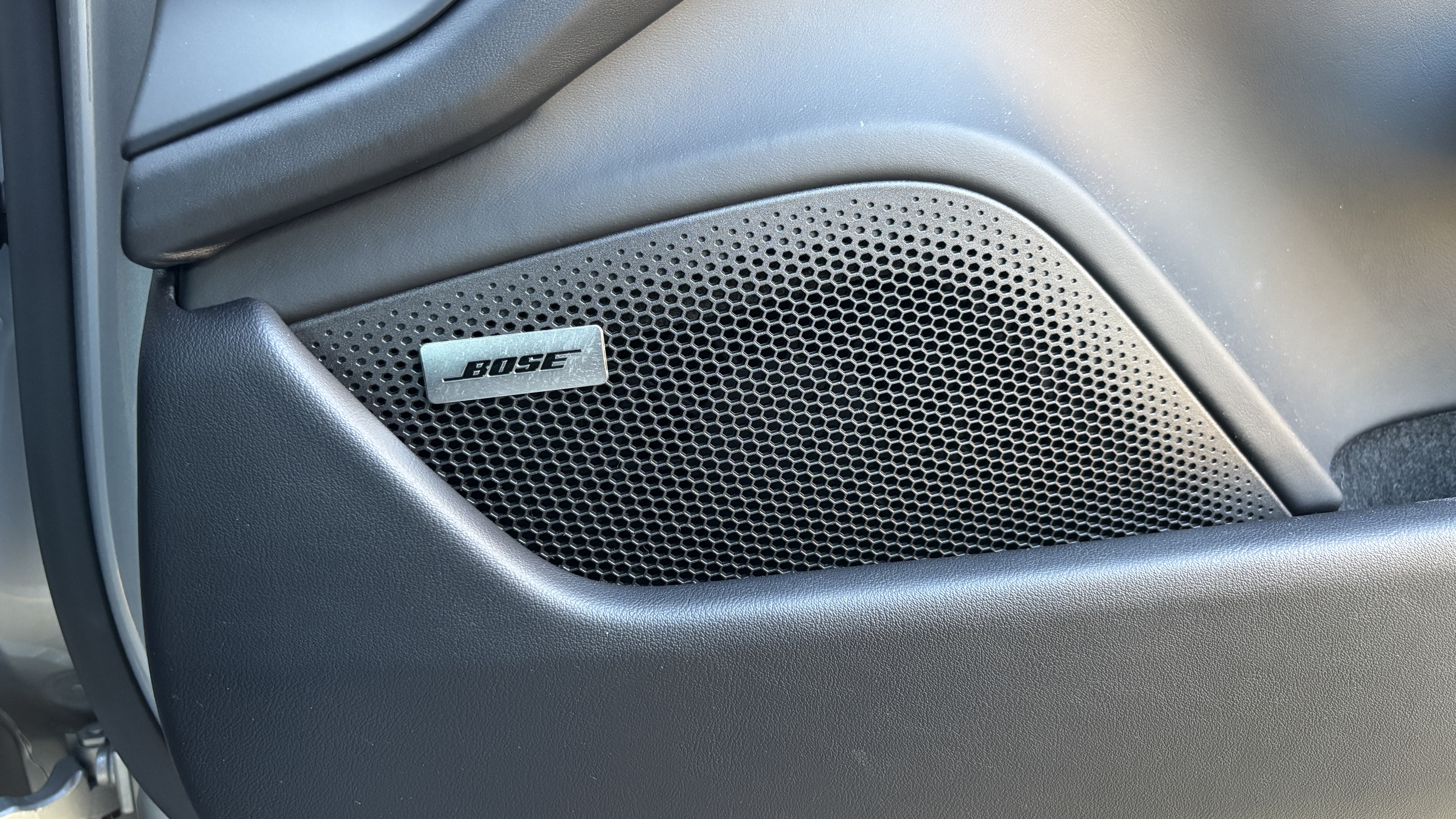
First, a bit of information on the systems available to you for the Porsche Taycan. You have three options. There is the standard entry-level set-up from Porsche, which comprises ten speakers and a total power output of 150 watts.
The next step on the sonic ladder is the Bose Surround Sound System, which uses 14 speakers, 14 channels of amplification and a 710 watt amplifier.
The latest hi-fi, home cinema and tech news, reviews, buying advice and deals, direct to your inbox.
The subwoofer is placed in the boot (under the rear luggage compartment floor) and means you lose some of the overall luggage compartment volume – the same compromise must be made for the Burmester system.
Included with the system is Bose’s Centerpoint 2 sound processing, which allows the system to play stereo recordings in a virtual 5.1 surround mode. There is also Bose’s SoundTrue Enhancement Technology, which aims to improve the audio quality of compressed MP3 files. Go on the Porsche configurator and you’ll see that the Bose system costs £1093 / $1240.
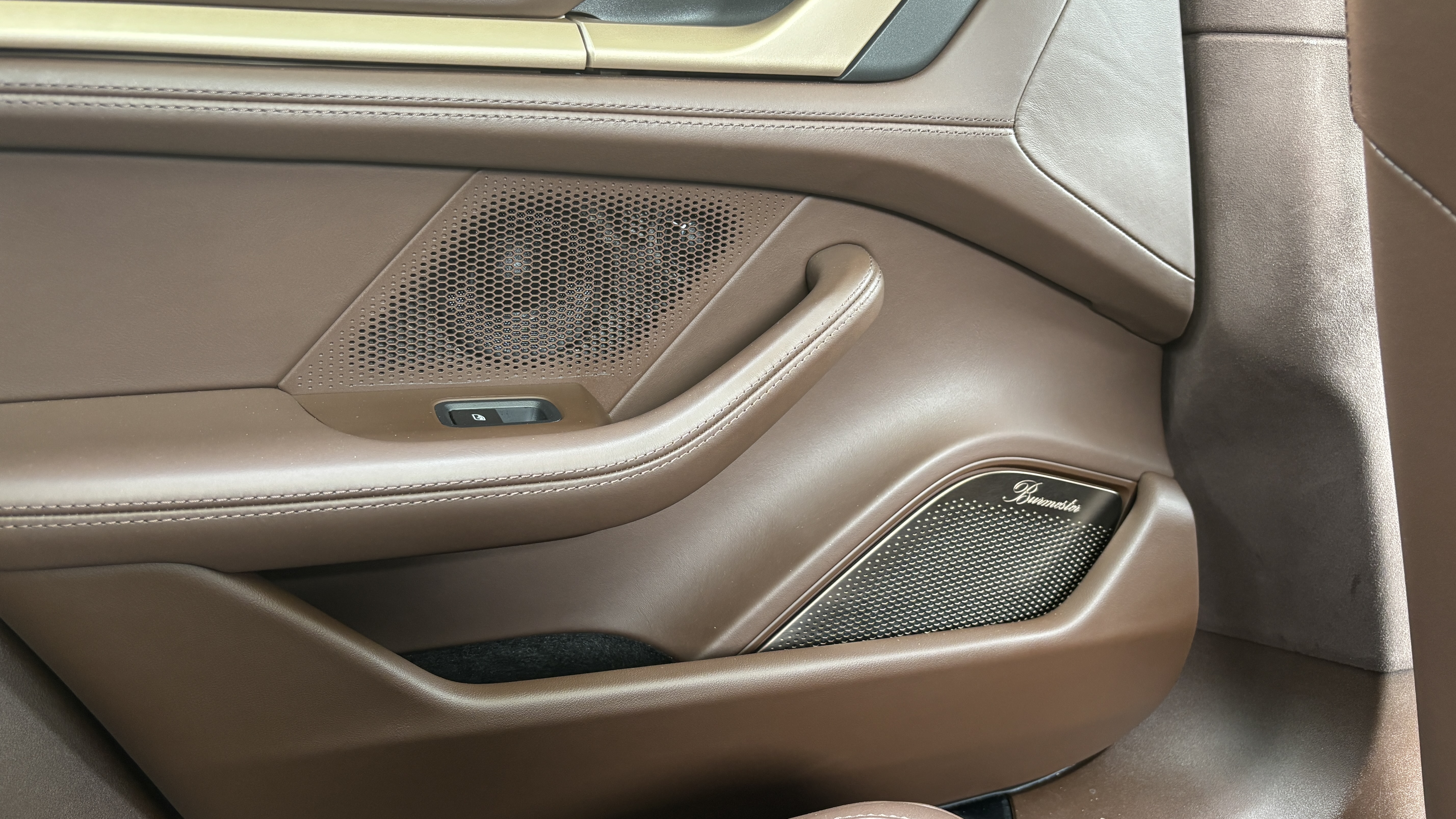
The top of the line is the Burmester 3D High-End Surround Sound-System – and it isn’t just more of a mouthful; it brings a lot more to the party as far as speakers, amplification and processing tech are concerned.
For instance, it adds a completely different tweeter design in certain parts of the car. Burmester has chosen AMT (Air Motion Transformer) drivers which use ribbon diaphragms, in addition to the standard domed tweeters used elsewhere in the car. Each door features a woofer, mid-range driver and domed tweeter, while three AMT drivers are used across the front of the dashboard including one that partners a mid-range driver in the middle.
Total power output is almost double that of the Bose, at 1455 watts, although we know from years of testing stereo amplifiers that a bigger number doesn't automatically equate to better audio performance. That impressive number, though, includes a 400 watt output purely from the subwoofer alone.
The speaker count goes up quite significantly too, from 14 to 21, and includes a two-way centre speaker and extra 3D channels in the A-pillars.
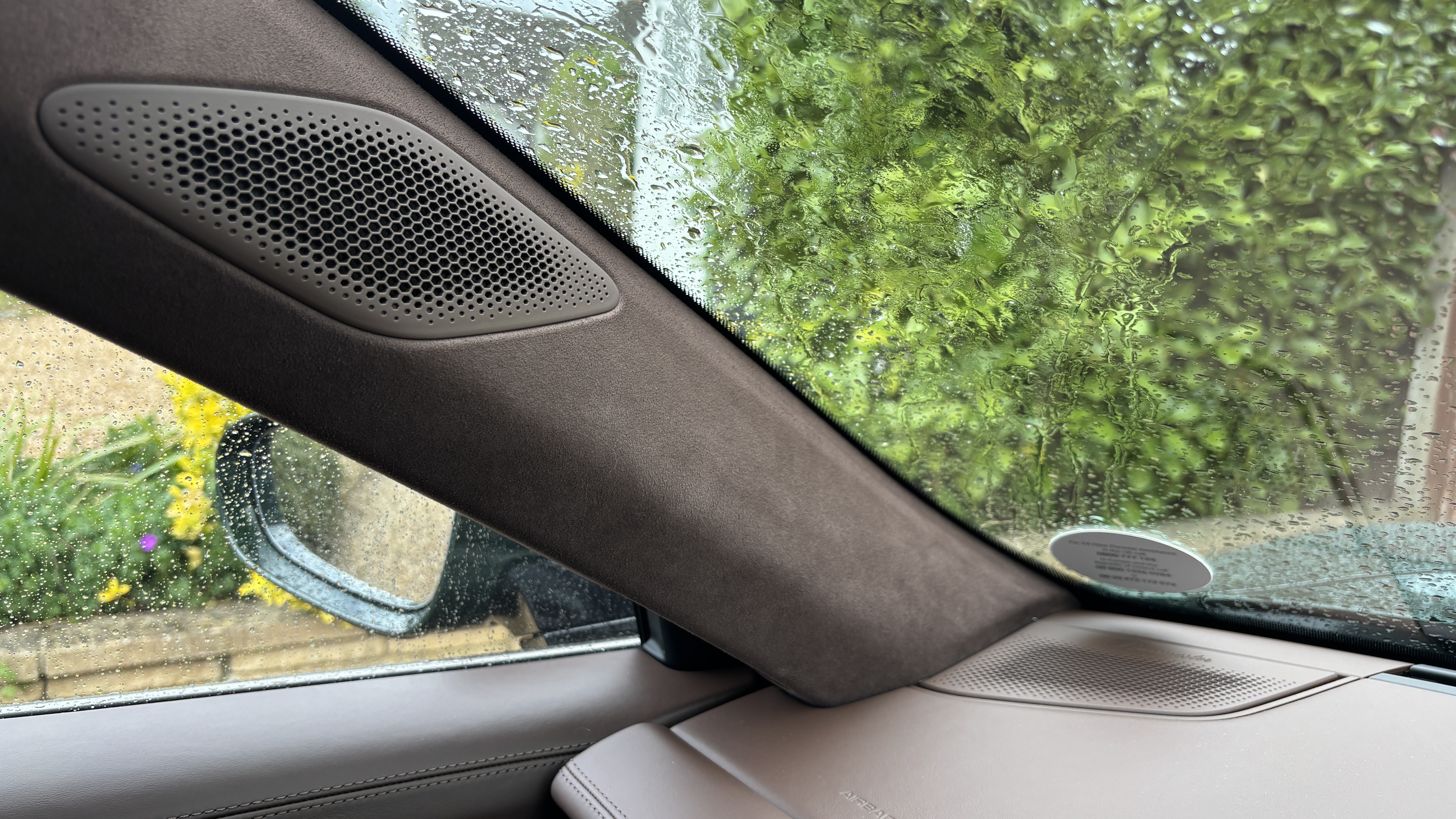
The Burmester system introduces several different sound modes, including one that is driver-focused. Auro 3D processing is also included; this aims to be a “concert on wheels” to give you a more immersive experience with those extra speakers fitted inside the cabin.
As the premium option for the car it carries a premium price tag too, of course: £4661 / $7040.
Porsche recently announced that Dolby Atmos will be coming to the Taycan through a new update for Porsche’s PCM (Porsche Communication Management) system. This also requires a Tidal subscription, and it applies to new orders only; it wasn’t available on our press cars at the time of testing.
Strange sound processing from Bose
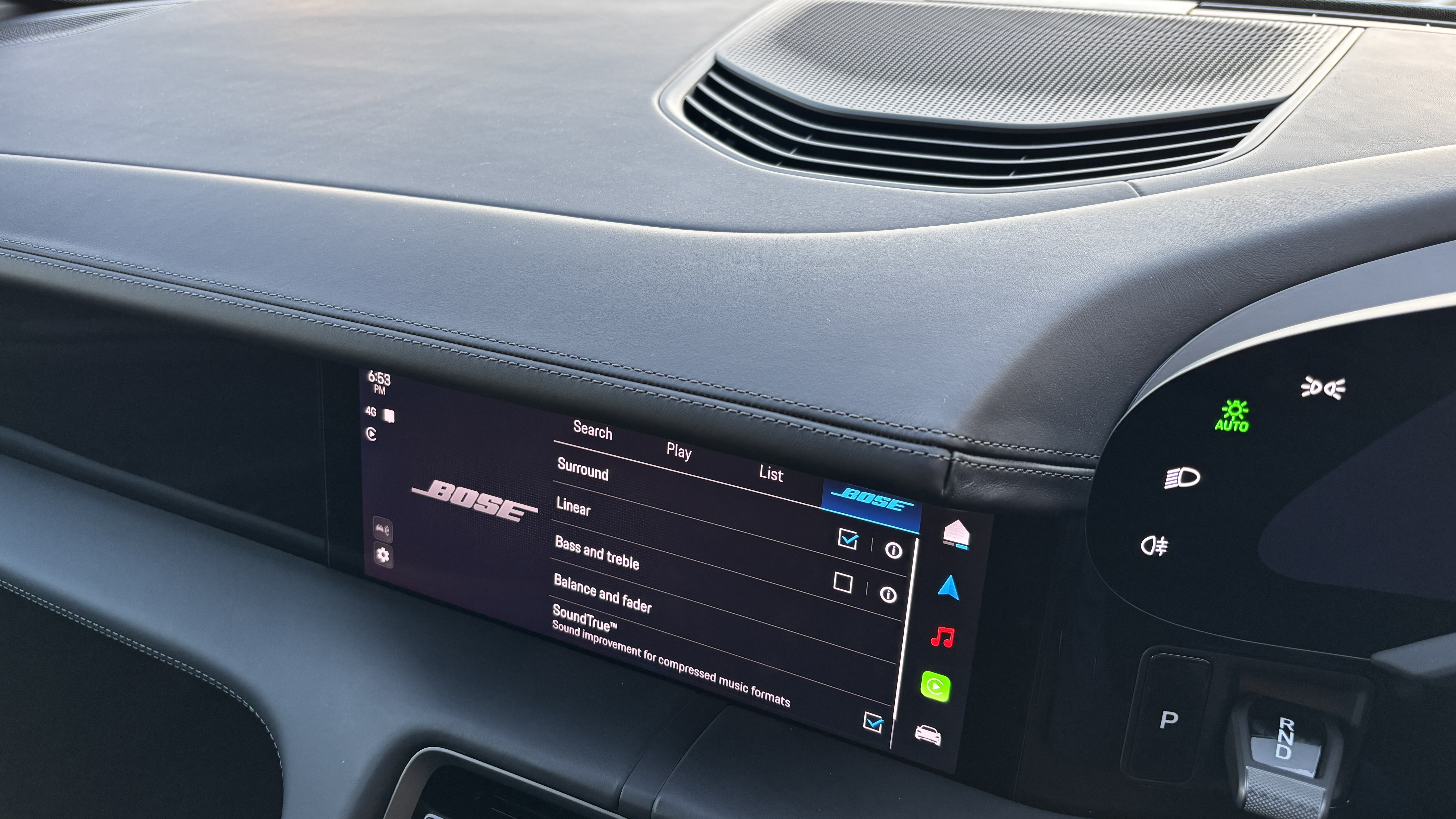
The first thing to strike me about the Bose system is that it can sound quite varied depending on the track you are listening to when in surround mode – the mode I think most people will end up using.
Playing Feeder’s Perfect Day, the lead vocal sticks out from the rest of the band’s performance, to the extent that it sounds quite detached from the rest of the song. It sounds as though the system’s processing is having trouble splitting up the signal for the other speakers and isn’t distributing it as quite as seamlessly around the front of the cabin as it could.
You can hear the algorithm trying to do its thing, and it’s really quite obvious when it isn’t doing it well – in a way I haven’t heard in many systems before.
I play around with a few tracks and switch over to some hip-hop in the shape of J.Cole’s Dreams and the voice once again sounds smeary, as if it is being spread too thin across the front of the cabin. As a result, it lacks solidity and body and sticks out from the other parts of the track.
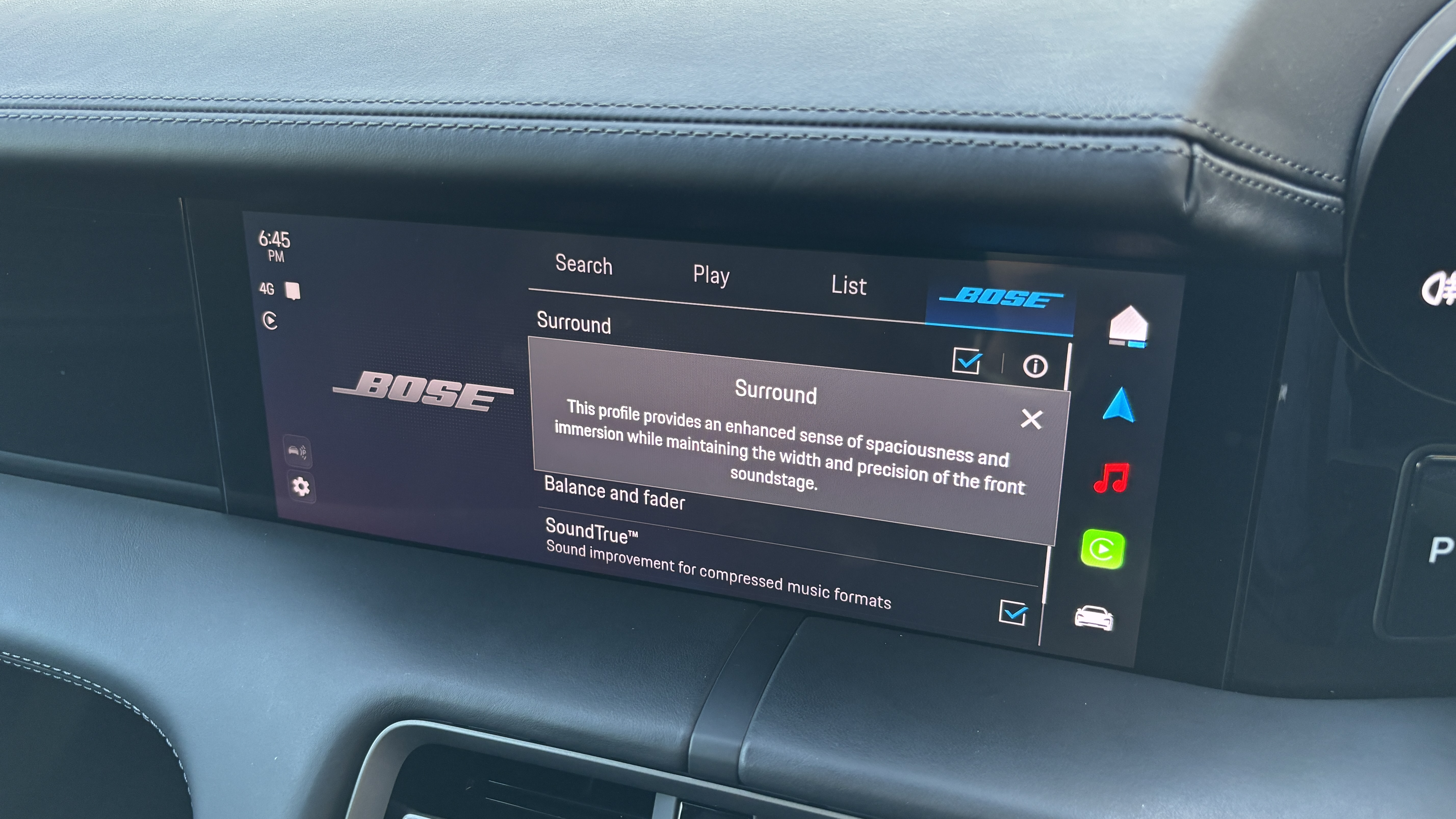
Switch the surround processing off and, although you have to sacrifice some of that immersive element and the spread of sound, it does shore up the presentation and bring greater focus and solidity. That smearing effect fades away and it makes for a more enjoyable listen.
If you’re into dance music, the surround mode might be worth persevering with; it seems to blend much better and is more convincing when you want more of that immersive surround effect. Playing Blue by Bicep and Bass, mids and highs fill the cabin in a more convincing fashion.
Bass is solid and weighty and there’s a good level of detail throughout. This is an electric car, so there is no engine noise for the system to contend with, unless you count the Taycan’s Star Trek-like warp-speed sound effect which you can have piped into the cabin (and which I happen to think works extremely well).
There is some road noise, though, and to its credit, the Taycan isolates you well. The midrange and lower bass notes, which can sometimes get drowned out, cut through the cabin very well. You don’t get a sense that you are losing any information – an issue that can sometimes arise when the system has to compete with external noise.
You can hear the effect the SoundTrue processing has and I’d recommend having that turned on at all times with compressed music. It opens the tracks out and gives them more of a sense of sparkle and life; without it, music can sound thick and laboured.
A night-and-day difference
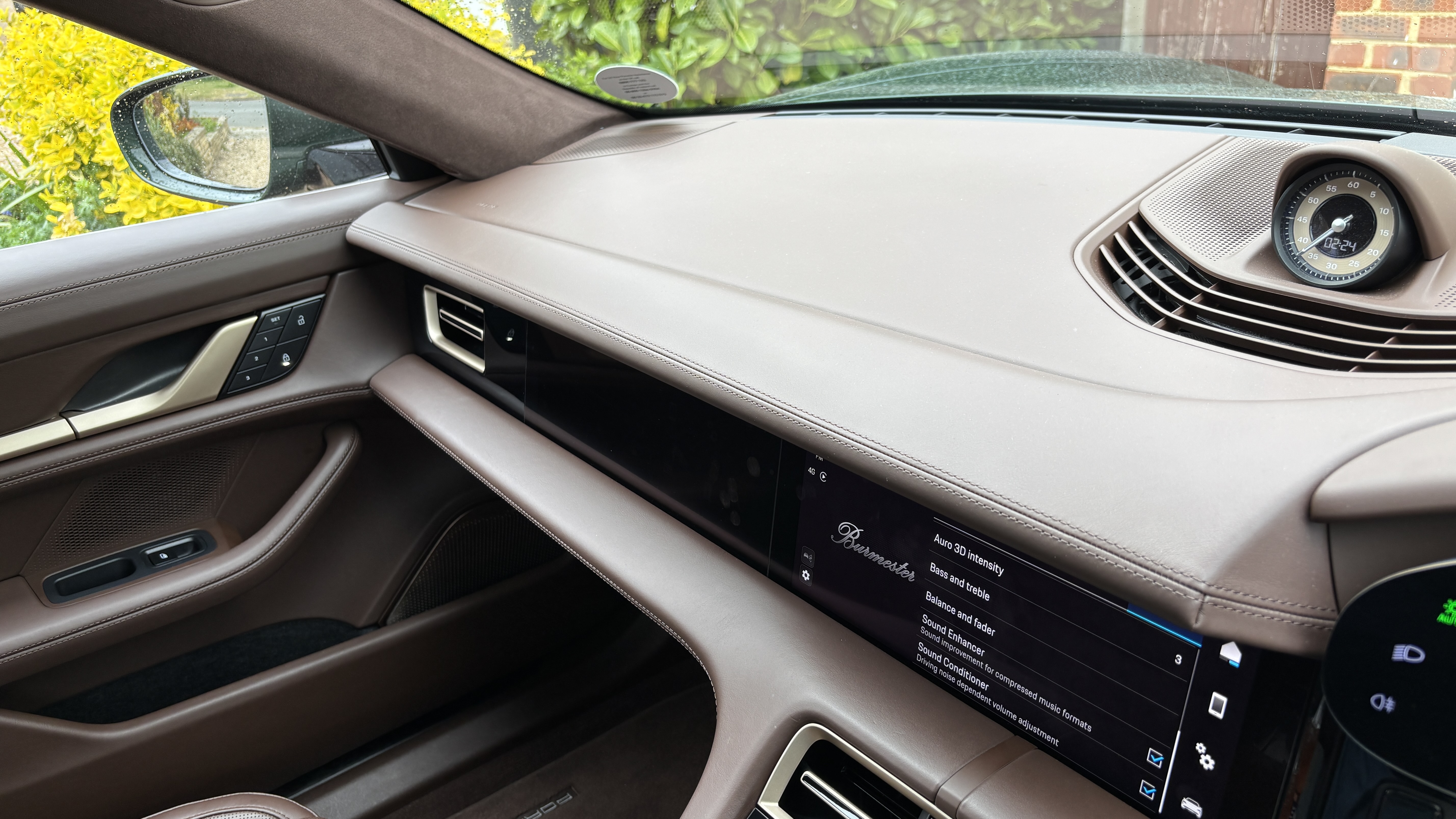
I switch to the Burmester system, though, and the difference is stark. It immediately feels like a step up, as if you have moved from a car audio system to a proper car hi-fi system.
It is immediately more interesting to my ears, extracting a lot more detail, especially at the top-end. Those AMT drivers deliver a crispness and sense of definition that the Bose system simply can’t match.
Rocking out with Passenger by the Deftones, the drums at the beginning are dispatched with an impressive sense of drive and enthusiasm. There’s a real skip in their step which you can’t help but be drawn in and excited by.
Listen to the track in driver mode and the different elements hang precisely, with plenty of space around them. The system conjures up an impressive sense of stereo imaging for an in-car system which draws you in.
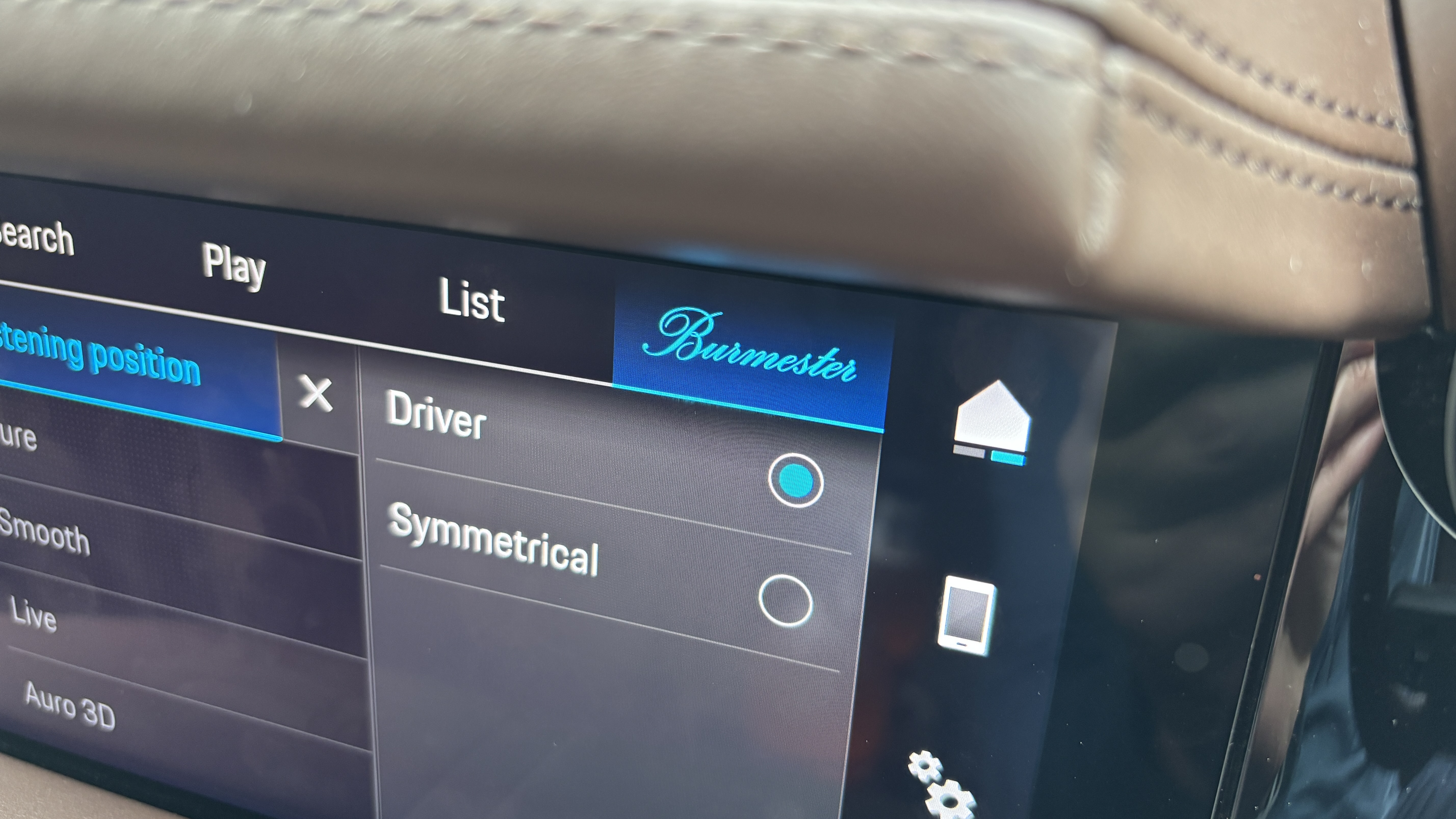
The driver mode gives a strong sense of imaging which some people might prefer. You get more of a sense of spaciousness and an impression of greater detail. Instruments and vocals also feel more precisely placed.
Generally, the Burmester system gives you a more mature, insightful and grown-up sound
Besides ‘Driver’ mode for when you are alone in the car, there is a ‘Symmetrical’ option for when you are carrying passengers.
Symmetrical mode, understandably, favours a more diffuse spread of sound. It’s a bit more recessed, sitting back towards the bottom of the windscreen where it meets the dashboard. It also sounds a touch more squeezed vertically, with less space around the different elements – but you do get a feeling of being more immersed which can be entertaining with the right tracks.
I’d keep the 3D effect to a minimum
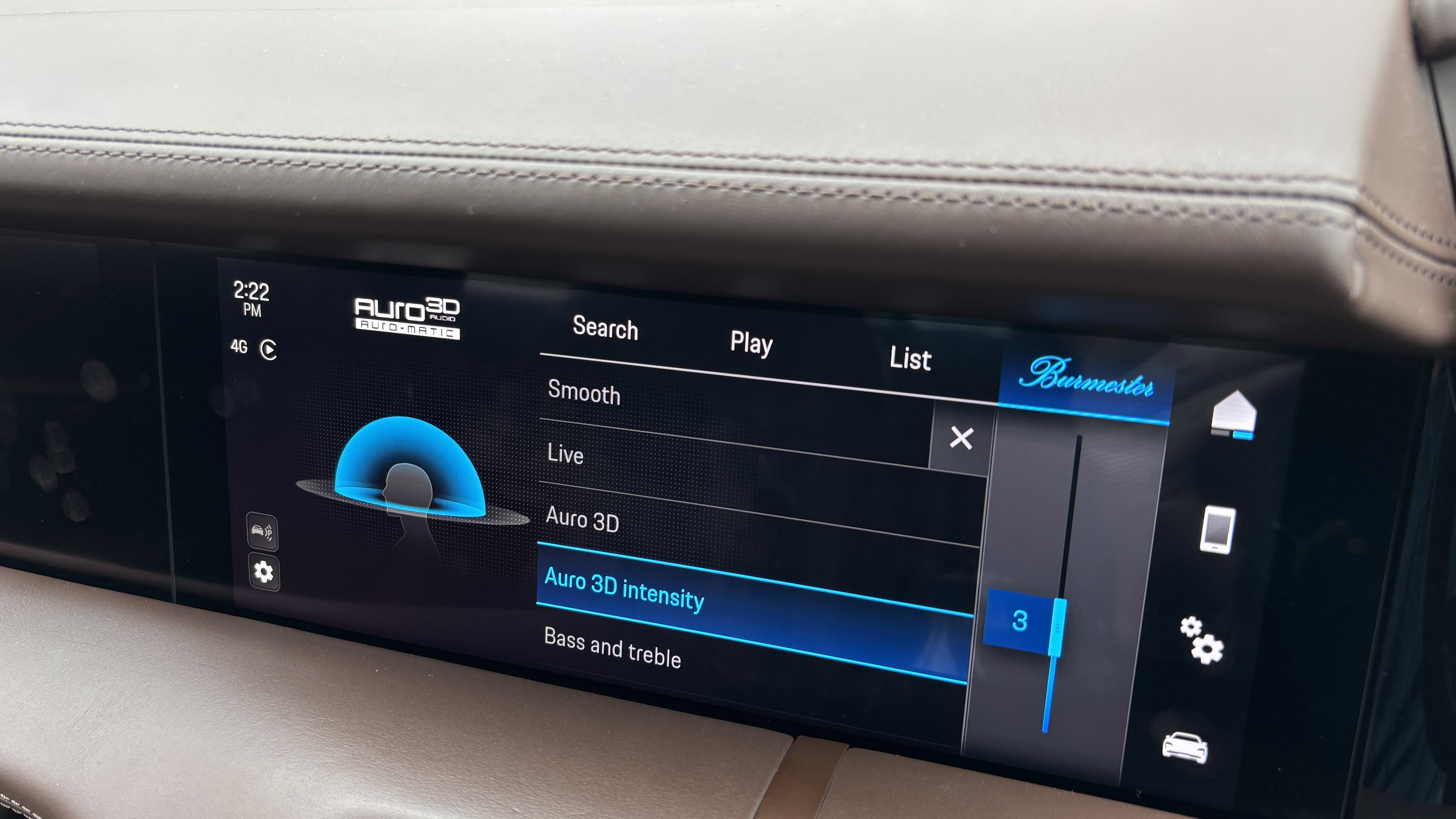
Listening to an orchestral version of Impossible by Nothing But Thieves, there is an excellent feeling of intimacy at the start of the track as the vocal and guitar work in tandem.
Then the different layers of strings, bass guitar and drums come in, and they start to fill in the pieces of the puzzle. The string section of the orchestra stretches far and wide without sounding bright or harsh.
Switch to The Imperial March from the Star Wars Episode V soundtrack and the Burmester’s driver mode breathes new life into the track compared with the Bose. It's easy to follow the individual strands and you get much clearer and more cleanly defined edges.
Once again the system does a great job of cutting through road noise allowing you to experience the extra detail that the Burmester system can dig up.
I found it interesting to experiment with Auro 3D to add a greater feeling of immersion, but I found myself keeping the slider to around position three or four at the most.
I feel that setting it too high knocks the balance of the system out of whack. You start to hear too much information coming from those a-pillar speakers, which sees the system then paint a messier sonic picture.
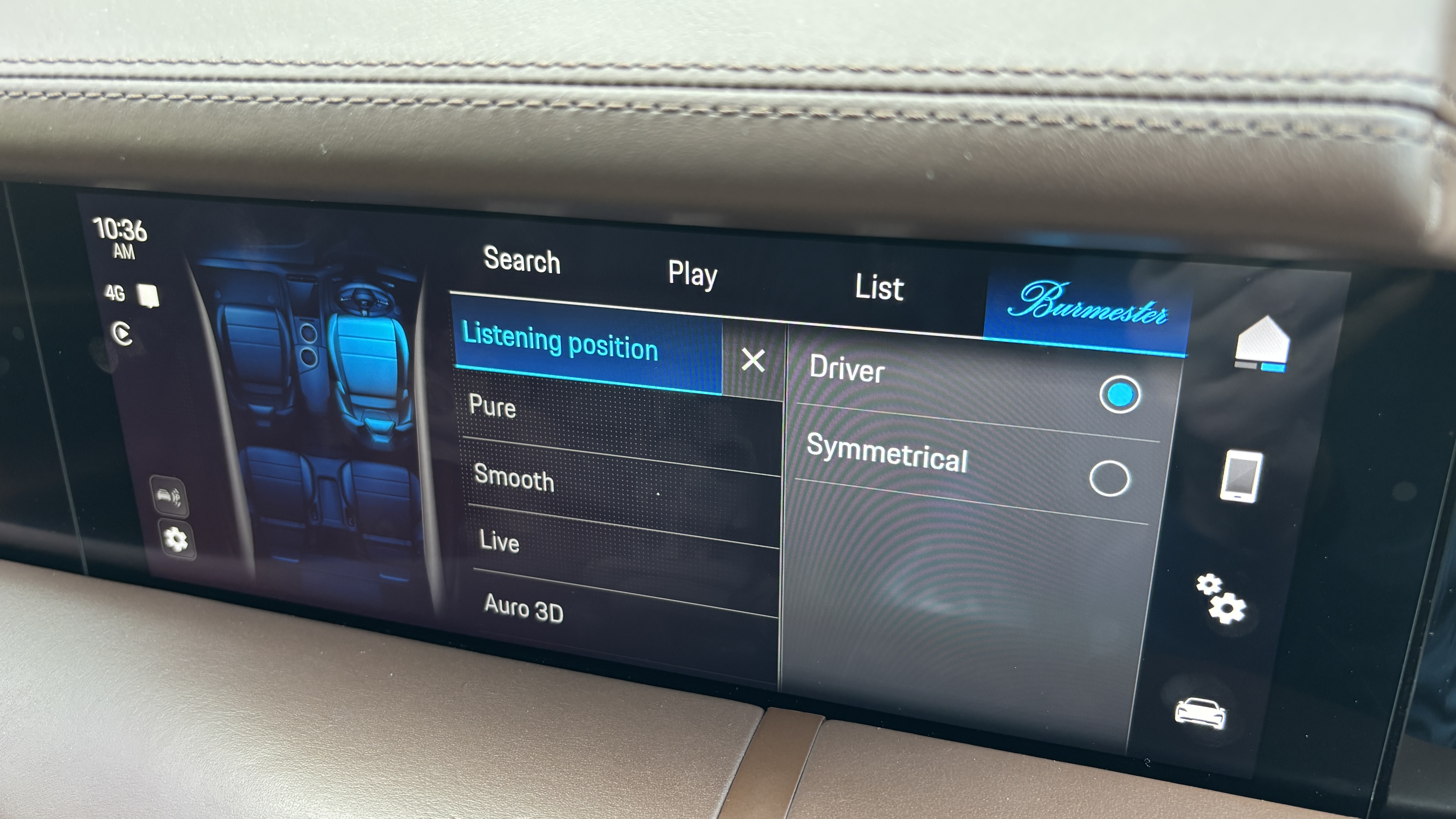
The Burmester set-up gives you additional sound-presets to choose from too. Pure is my personal pick, as it stays true to the information in the file that you're sending over to the system.
Smooth might help to take away some of the rough edges to poor-sounding tracks, but it also seems to blunt the dynamics quite considerably so it’s one I wouldn’t really entertain.
The Live setting sounds a bit more open and airy to give the impression of a live performance. It doesn’t sound as forced as it can through some other systems I have heard that share a similar kind of sound mode, but personally, I prefer the much more natural-sounding Pure mode.
There’s only one winner
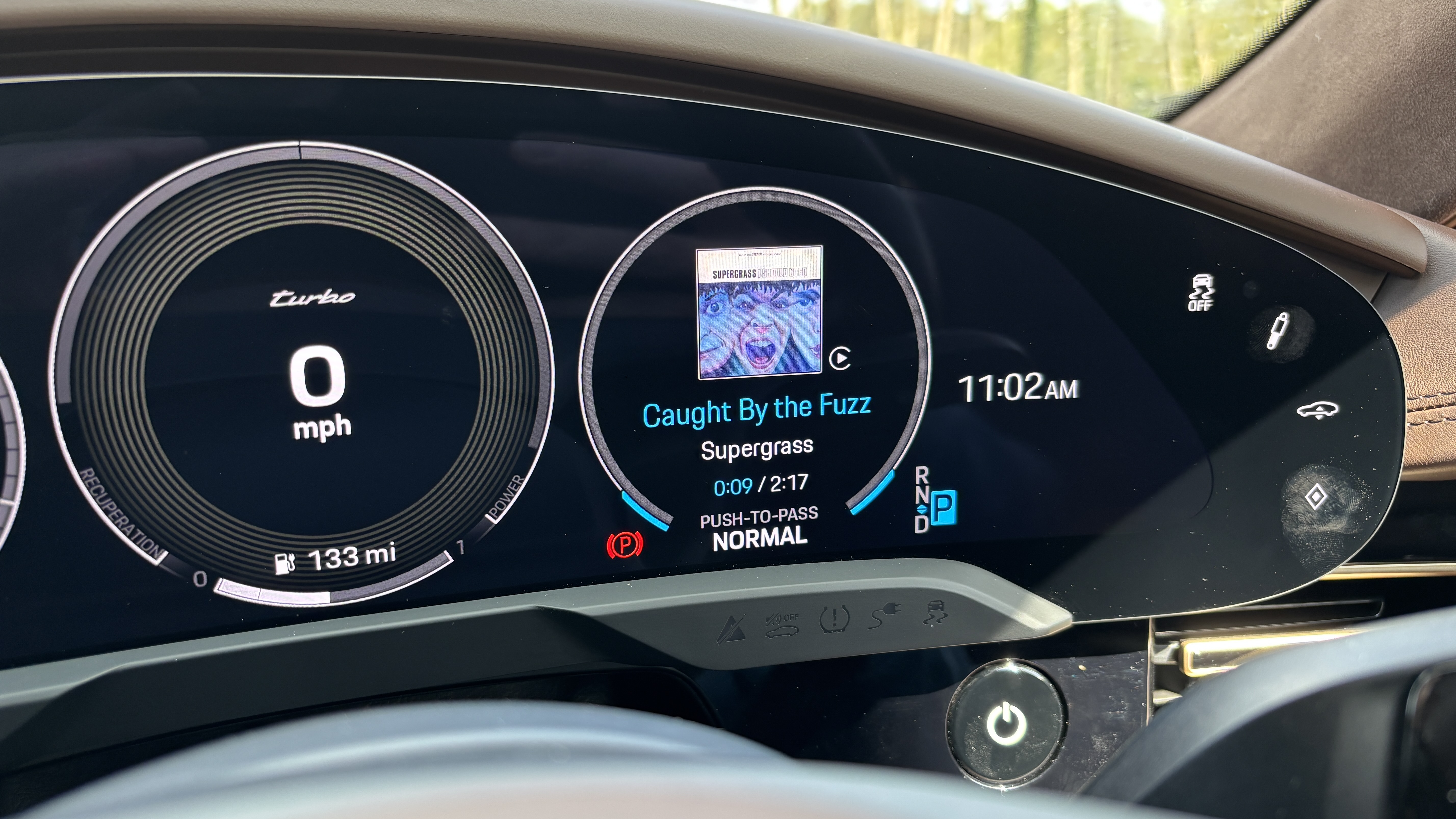
Despite the price difference, having heard both systems back to back, there is no doubt in this instance that the step-up Burmester system is worth every penny and would be the option I ticked.
It is more transparent, more dynamic, more seamless in its delivery and, ultimately, more entertaining to listen to. The way the Bose system’s surround processing seems to work can take the shine off the listening experience, and it loses out in terms of detail and the all-important musicality factor compared with the Burmester.
MORE:
Porsche is bringing Dolby Atmos audio to its in-car hi-fis, but there’s a catch
I spent 24 hours immersed in Dolby Atmos Music – these are 8 key things I learned
Andy is Deputy Editor of What Hi-Fi? and a consumer electronics journalist with nearly 20 years of experience writing news, reviews and features. Over the years he's also contributed to a number of other outlets, including The Sunday Times, the BBC, Stuff, and BA High Life Magazine. Premium wireless earbuds are his passion but he's also keen on car tech and in-car audio systems and can often be found cruising the countryside testing the latest set-ups. In his spare time Andy is a keen golfer and gamer.
You must confirm your public display name before commenting
Please logout and then login again, you will then be prompted to enter your display name.

